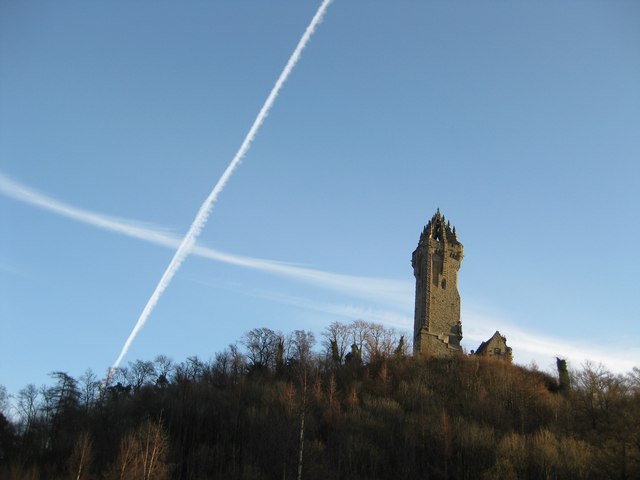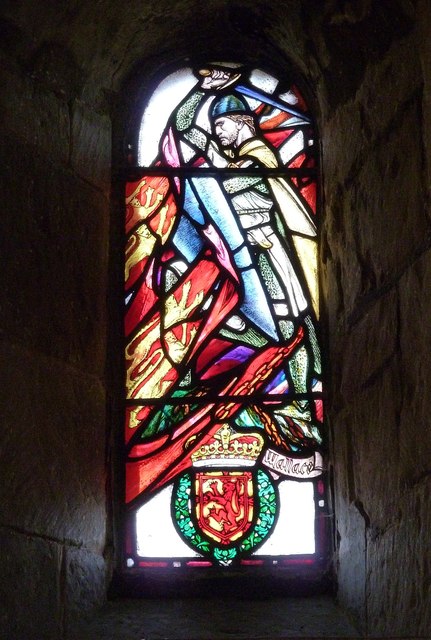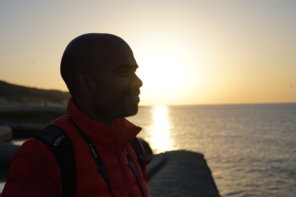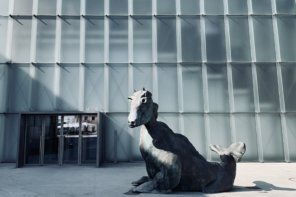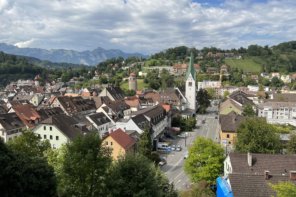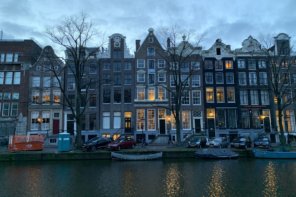“You admire this man, this William Wallace. Uncompromising men are easy to admire. He has courage; so does a dog. But it is exactly the ability to compromise that makes a man noble.”
The elder Robert the Bruce, from the movie Braveheart
Let me take you back to a sweltering summers day 15 years ago.
I’m in Kolkata.
I was shivering in the last row of Nandan cinema.
Damn the airconditoning.
I am at the local premiere of ‘Braveheart.’
It could have been the sight of the green and lush, wet and wild Highland ( Irish) scenery that brought on the chill.
Or it could have been the sight of Mel Gibson and all those grown men in tartan skirts that sent a chill down my spine. Sorry , I meant kilts.
On visiting Scotland later that year, a myth was happily shattered – Scots do not walk around in kilts. They wear trousers.
Belatedly ( last year) I realised that Wallace and his men were not in kilts in the film but in belted plaid. The belted plaid (feileadh mór) léine was not introduced until the 16th century, a good 300 years after Wallace’s death.
Braveheart has a double edged legacy.
The movie reinforced and introduced a few unnecessary stereotypes about Scotland into the minds of people. It also stirred up deep anti-English sentiment and breathed life into the Scottish movement for independence. Riddled with numerous historical inaccuracies, Braveheart came 2nd on the list of most historically inaccurate movies in a list compiled by the Times.
For example, how tall was William Wallace?
Was he a midget like Mel Gibson?
No. Apparently he was a giant, close to being 7 feet tall. Wallace carried a five foot 4 inches-long claymore ( which you can see for your eyes at the Wallace Monument) into battle with him and wielded it with more brutality than a Texas chainsaw.
Was Robert Bruce a self doubting wuss as portrayed in the movie?
Whereas there is little historical documentation about the life of Wallace, there are volumes of books written about Bruce.
Robert the Bruce was a Scottish hero and patriot.
One of the film’s scenes where I shed a tear all those years ago was when Wallace is betrayed by Robert the Bruce during the Battle of Falkirk. However the reality is that Bruce never betrayed Wallace and was not even at the Battle of Falkirk. He did align with the English for political reasons.
Also the Battle of Bannockburn was not a spontaneous fought battle. Robert the Bruce had already been fighting a guerrilla campaign against the English for eight years.
I learnt about these historical inaccuracies 15 years later on a misty, cold and rainy day :I am standing at the Wallace Monument
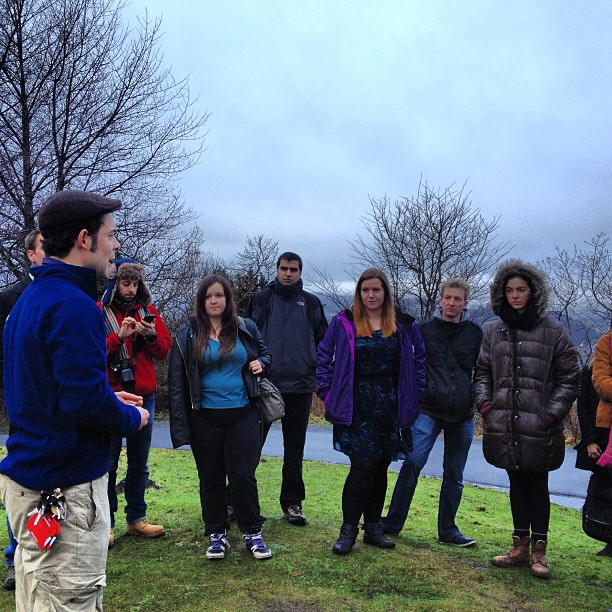
We are looking glum for a reason: Standing outside the Wallace Monument on a cold, dreich winters morning, Chris from Haggis Adventures is sharing the dark legend of Braveheart with the Blogmanay bloggers.
Chris is telling us the legend of William Wallace. Chris is our wisecracking Haggis Adventures guide who in true Scots tradition has been entertaining us with bawdy monologues since the morning.
We are overlooking the exact battlefield where the English were ruthlessly butchered at the Battle of Stirling. It’s 10:30am and my Scottish Oats with honey are still digesting. What follows, is even hard to stomach.
Chris’s jovial tone changes into a more sombre, sinister tone as he reveals to us the dark truth behind Wallace.
“William Wallace was cast as the good guy for the sake of Hollywood convention. The reality however could not be farther from the truth. Wallace was a monster.”
As he speaks, the sky darkens over the Wallace Monument and a thick , dewy mist hangs in the air over my head.
I’ve paraphrased below what Chris told us that day.
‘William Wallace was not a guy you would want to mess with.’
His roots are vague. He is said to have spent his childhood at Dunipace, near Stirling not far from where we stood. Wallace in his early years probably led a comfortable and peaceful life as the son of a nobleman.
Wallace’s bloody tale of retribution starts in 1290 when Scotland falls into a state of lawlessness, beset by internal conflicts and the death of the heir apparent, Margaret ‘Maid of Norway’ at the tender age of 8. As the Scottish nobility squabbled over who should assume the throne, the English took advantage of the power vacumn and occupied Scotland. It was in this climate of lawlessness that William Wallace’s father was killed in a skirmish with English troops in 1291.
His father’s death made Wallace a sworn enemy of the English and turned him into a notorious outlaw.
Records of Wallace’s life are patchy and often inaccurate. This is partly because early accounts of his heroic deeds are speculative and partly because he inspired such fear in the minds of English writers at the time, that they demonised him, his achievements and his motives.
The legend of Wallace is born on a night out drinking beer and fishing in the town of Lanark. On his way home, he ran into five drunk, English soldiers who demanded that Wallace hand over his entire day’s catch- a bad idea. Wallace was probably in a generous mood that day and offered to give them half of his haul. The English soldiers told him that if he didn’t fork over the whole catch then they would have him executed for treason- a even more bad idea. Legend says that Wallace responded by disfiguring the the face of one of the soldiers with his fishing pole, stealing his sword, progressively started hacking all the five men to pieces. He supposedly then used those pieces as bait to catch even larger fish. He then ran back to town and hid at his girlfriend’s place. When the Sheriff came by to arrest Wallace, his girlfriend said she had no clue where he was. Since “aiding and abetting” was a much bigger deal back then than it is today, the Sheriff had Wallace’s girlfriend executed on the spot.
Wallace went into insane Viking ‘berserker’ mode, killed the Sherriff, dismembered his corpse and slaughtered the entire English garrison at Lanark .
He then recruited a band of badass guerilla warriors and traveled across the Scottish countryside, fighting for freedom from oppression. In September 1297, Wallace defeated a much larger English force at the Battle of Stirling Bridge. Wallace allegedly skinned one of the dead English leaders (Hugh Cressingham) and used his skin to create a baldrick (shoulder device for carrying his sword)
Wallace’s military successes severely weakened the English hold on Scotland. Emboldened by his success, Wallace then marched upon England. In late 1297 Wallace was knighted and appointed ‘guardian of the kingdom.’ Wallace’s luck ran out in 1298 at the Battle of Falkirk where the Scots were soundly defeated. Wallace escaped and little is known of his movements. He apparently visited France, trying to get those leaders to lend their support to the Scots.
On his return in 1303, Wallace came back to find that Bruce had agreed a truce with the Edward the First. Wallace had been excluded from the discussions and had a huge bounty on his head. Wallace was captured on August 5, 1305 near Glasgow and tried for treason. After his trial, he was stripped bare and dragged through the streets of London, tied behind a horse. He was strangled, drawn and quartered. His head was placed on a spike atop London Bridge and his limbs displayed in Newcastle, Berwick, Stirling and Perth.
I may have taken some license with Chris’s story.
All good storytellers lie. They like to spin a yarn of their own. Chris admits doing this with his passengers on Haggis Tours.
The truth is difficult to stomach.
There is no denying that Gibson’s Braveheart butchered Scottish history.
However if Gibson had stuck to reality, Braveheart would have never been the epic it is.
Scottish people’s sense of nationalism would have been rooted, stuck in their fear of change and growing political apathy amongst the natives.
Albeit romanticised, Braveheart also revived the worthy legend of William Wallace .
Plus it also served as a brilliant advertisement for the tourism industry in Scotland.
The ‘Braveheart effect’: 20% of American tourists to Scotland in the year following the release of the film cited it as one of the reasons for choosing a trip to Scotland.
For me, until I saw the movie Braveheart, living in India I really didn’t know much about Scottish history or anything about it’s people. The film stimulated in me an interest in Wallace and the history of Scotland. Within a few weeks of seeing the movie I saw the film ‘Local Hero’ and together those two movies really created an image in my mind of the place and were a big factor in my decision to come and study in Scotland.
The movie also remains a great piece of storytelling. It gives us a moral. There is good vs evil.
Wallace-the angel vs Longshanks, the devil.
However in reality, there are no angels or devils.
History is a loaded gun. It has no rhyme or reason. It’s filled with uncertainty and random action, adventure, intrigue, blood, guts, sex (good and bad) and luck ( good and bad )
History doesn’t always make great movies.
You have to just look at the historical epics to realize that they somehow do not translate well onto the big screen. ( Cleopatra, The fall of the Roman Empire, Troy and I’ve heard Lincoln was a big yawn too {Might stand to be corrected there…will see the movie later next week} )
Ultimately how the movie Braveheart is judged , probably boils down to personal taste and how you like your movies to be?
Fact or fiction?
Personally, I don’t expect a history lesson when watching a movie at the cinema.
There are better ways of learning history like visiting Scotland, speaking to the people and maybe going on a Haggis Adventures tour to learn from knowledgeable guides like Chris.
When I go to the movies, I want to be entertained.
I want ‘freeeeeedom’ from reality.
I was on a 3 day Skye High tour of Haggis Adventures, courtesy of the company. Big thank you to Chris and Special Kay for being awesome guides and a memorable few days. Also big thanks to Edinburgh’s Hogmanay and kind support of VisitScotland, ETAG, Edinburgh Festivals, Haggis Adventures and Skyscanner without whose support Blogmanay would not have been a reality.
The campaign bloggers were sourced and managed by iambassador. As always, opinions are my own.

